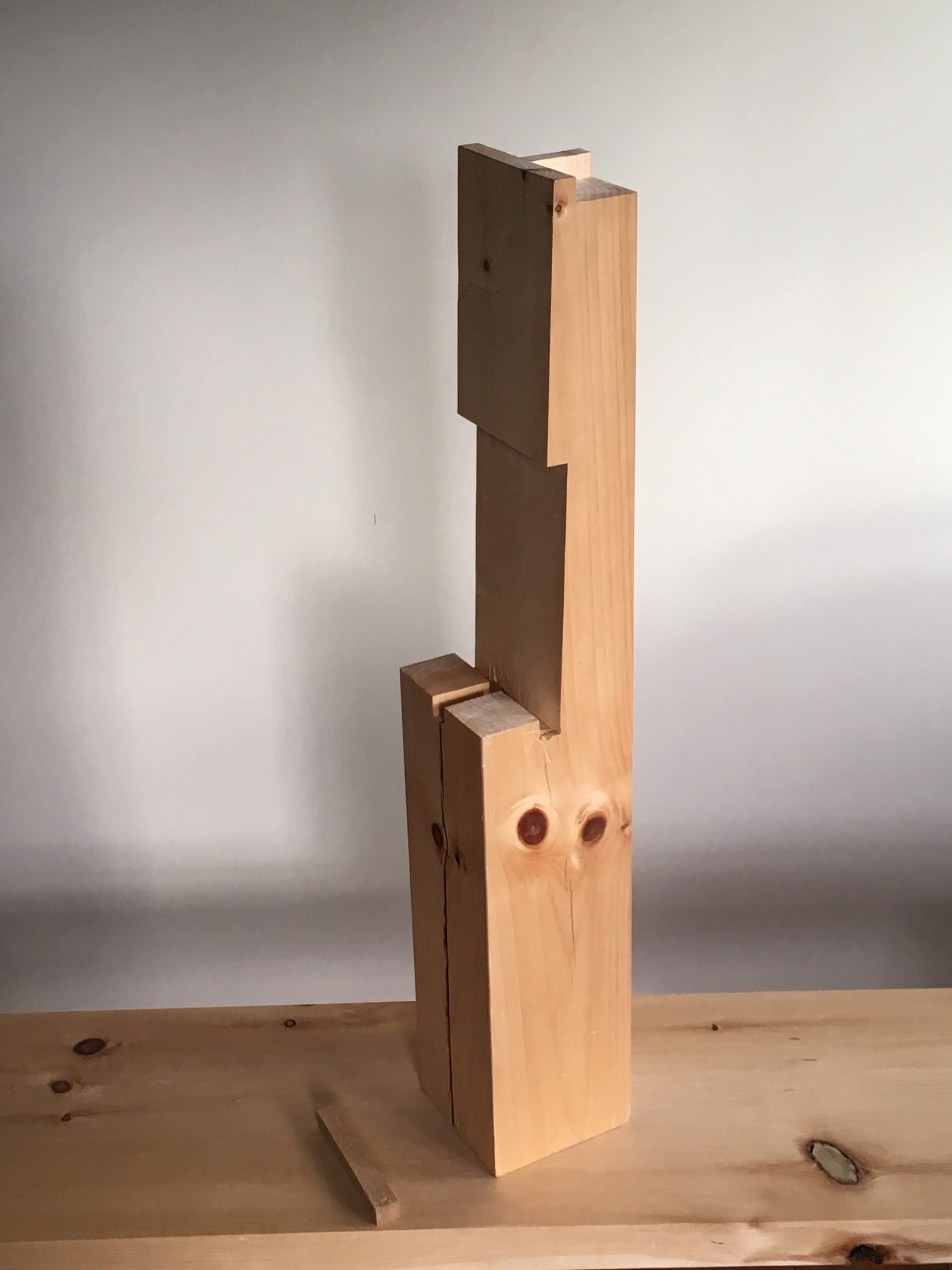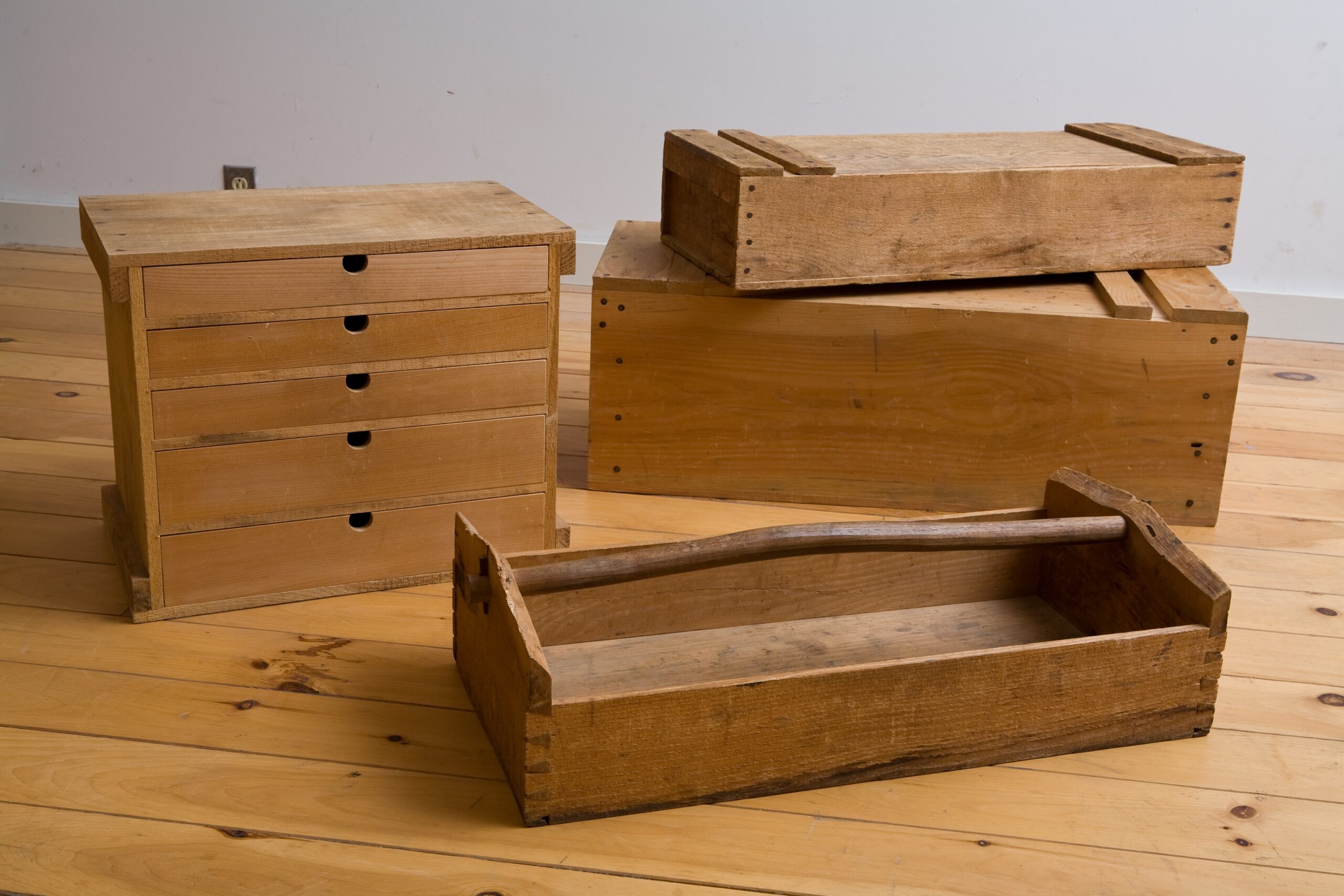MEET YOUR INSTRUCTOR
Andrew Hunter Instructor Inspired by the patience and dedication of a traditional Japanese apprenticeship, I embarked on a life-long journey to become a master furniture maker. Fifteen years ago I began my self-imposed apprenticeship with a minimal collection of Japanese hand tools to teach myself the fundamental skills of woodworking. I spent over a year on blade sharpening alone. Along the way I explored the woodworking traditions of Japan, China and Early America. I now integrate these influences with my own design aesthetic to create personal, one-of-a kind furniture pieces. My simple shop is a place of quiet solitude where I can be present with my work. Through the use of hand tools I create an intimate relationship with each piece of wood, combining my own spirit with that of the tree. I invest myself in the entire building process, from selecting wood from local sawmills to hand-forging my own hardware. It is this attention that gives a strong sense of presence to my work. Today, I combine the fundamental skills I have learned with the efficiency of modern power tools to create furniture of heirloom quality with the hope that one day it will inspire a new generation of craftsmen artists. Read More |





